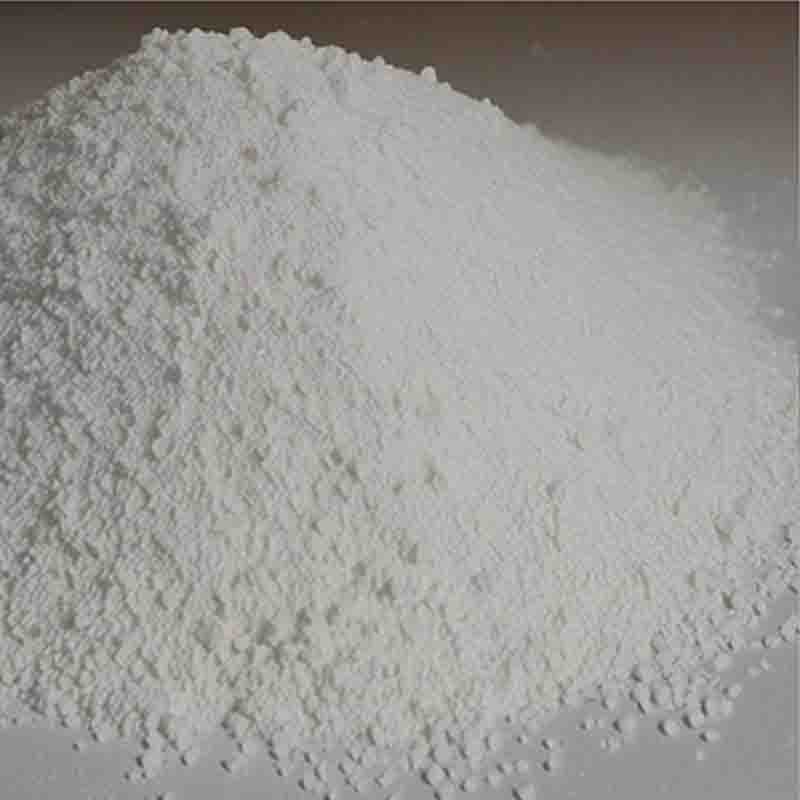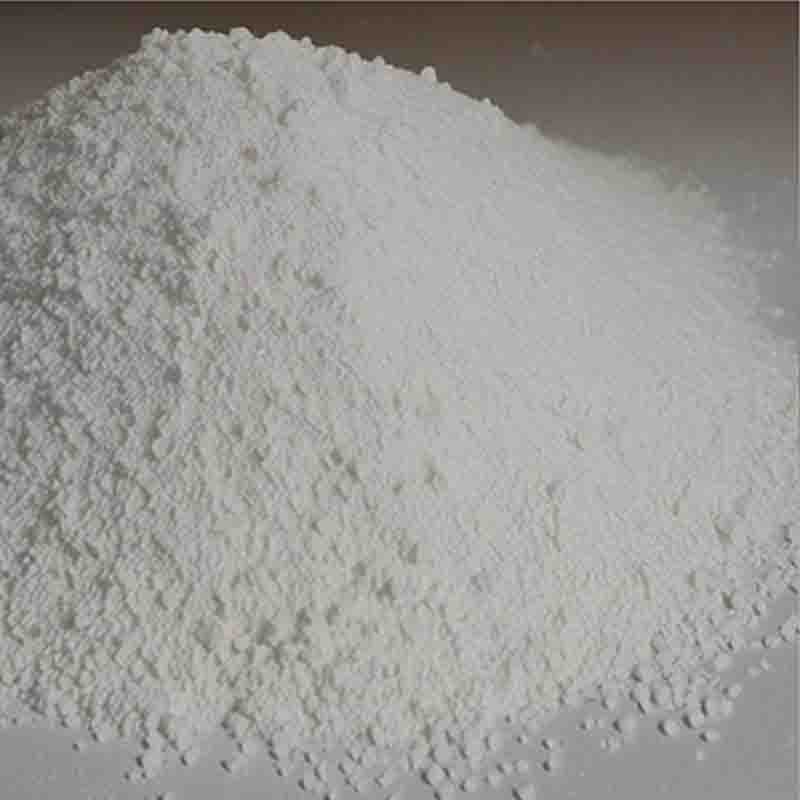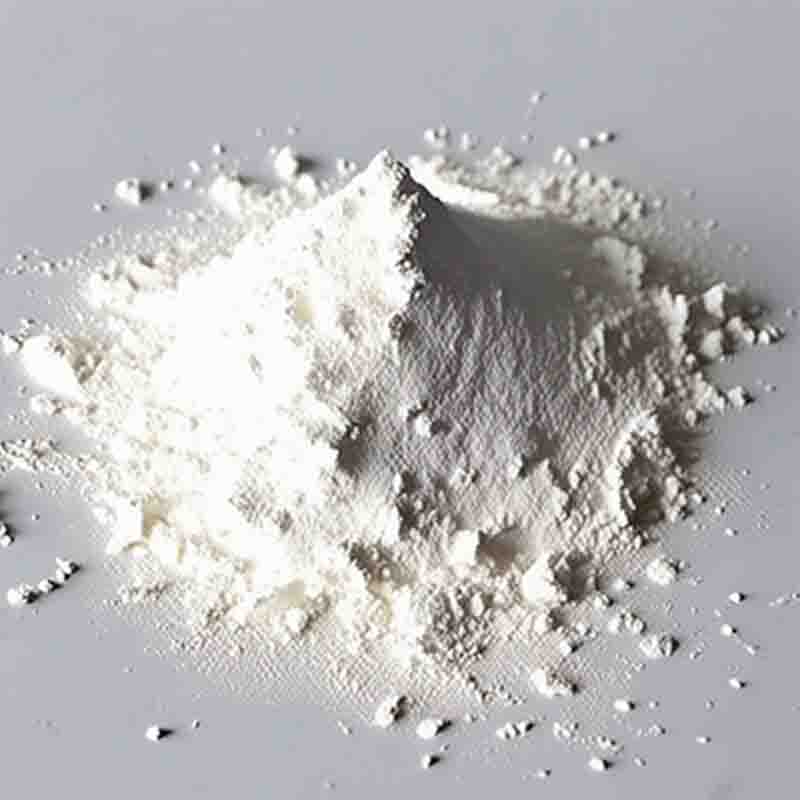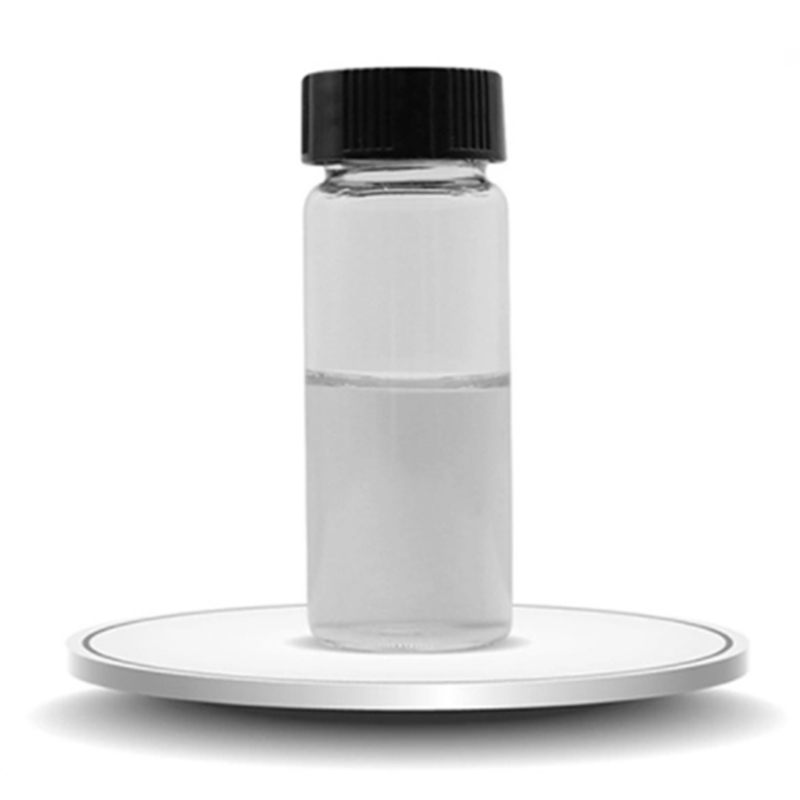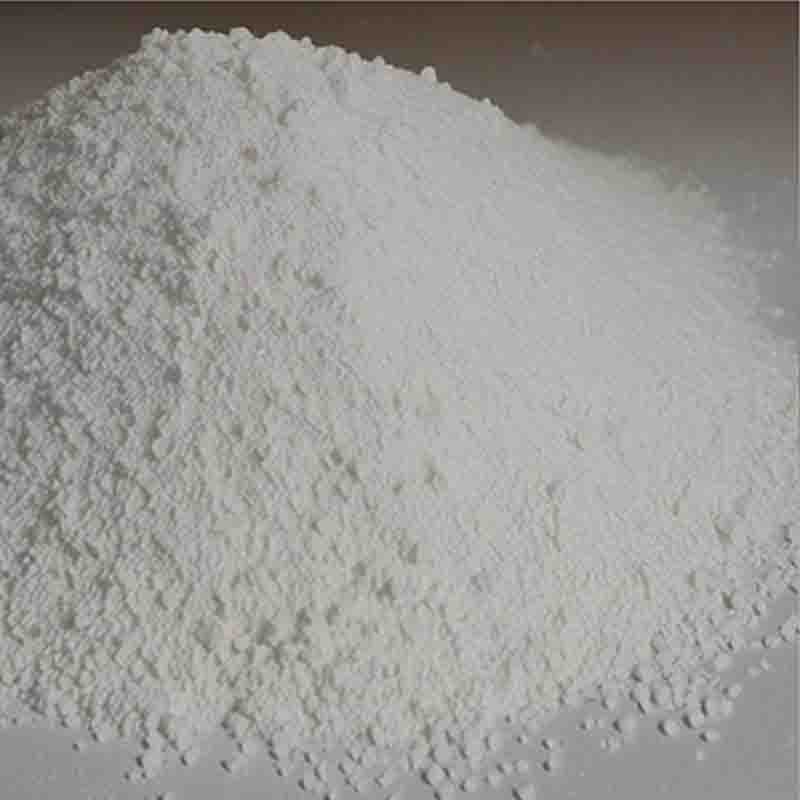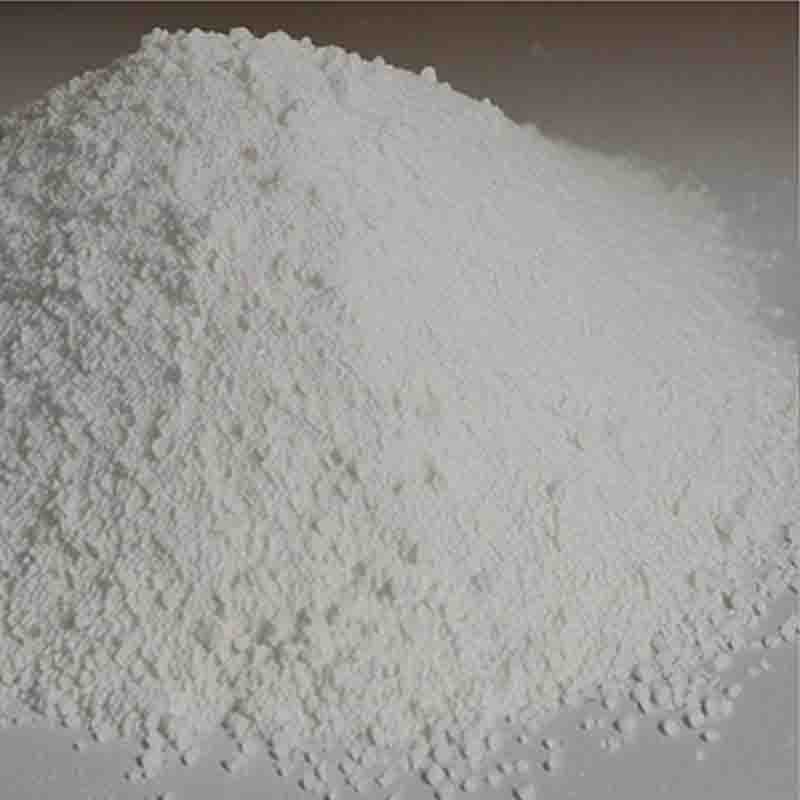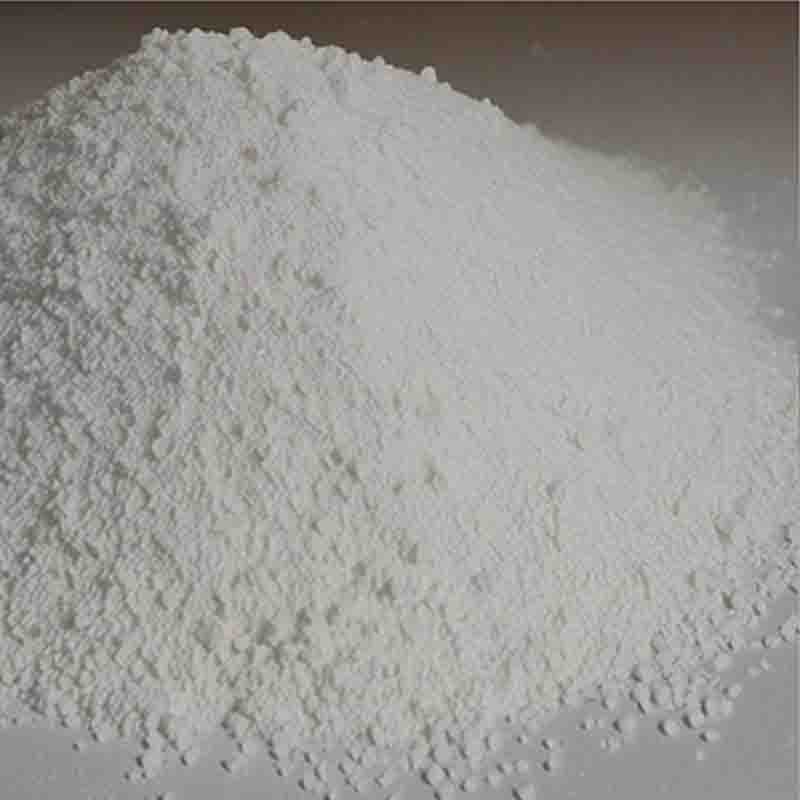MethylCarbazate CAS:6294-89-9
N-Boc-Glycine Ethyl Ester, also known as ethyl 2-(tert-butoxycarbonylamino)acetate, is an organic compound with the chemical formula C9H17NO4. It is a derivative of glycine, an essential amino acid, in which the amino group is protected by a tert-butoxycarbonyl (Boc) group and the carboxylic acid group is esterified with an ethyl group. N-Boc-Glycine Ethyl Ester has various effects and applications, including its use as a building block in organic synthesis, its role in peptide chemistry, and its potential in drug discovery and development.One significant application of N-Boc-Glycine Ethyl Ester is its use as a building block in organic synthesis. It can be used to introduce the glycine moiety into molecules during chemical reactions. The Boc protecting group on the amino group can be easily removed under mild conditions, allowing further manipulation of the molecule to create a variety of compounds. This versatility makes N-Boc-Glycine Ethyl Ester a valuable tool for the synthesis of complex organic molecules in medicinal chemistry, agrochemical synthesis, and materials science.In peptide chemistry, N-Boc-Glycine Ethyl Ester serves as an important starting material for the synthesis of peptides and peptidomimetics. Peptides are short chains of amino acids that play crucial biological roles and have various therapeutic applications. By employing N-Boc-Glycine Ethyl Ester, chemists can introduce glycine residues into the peptide sequence, facilitating the assembly and modification of peptides with desired properties. The Boc protecting group can be selectively removed during peptide synthesis, allowing the connection of the glycine residue with other amino acids.Furthermore, N-Boc-Glycine Ethyl Ester has potential in drug discovery and development. It can be used to design and synthesize small molecules that target specific biological pathways or enzymes. By utilizing N-Boc-Glycine Ethyl Ester as a building block, researchers can create analogs and derivatives with improved potency, selectivity, and pharmacokinetic properties. These molecules can then be evaluated for their biological activity and potential therapeutic effects. N-Boc-Glycine Ethyl Ester-based compounds may have applications across various therapeutic areas, including cancer, inflammation, and neurodegenerative diseases.It is important to note that N-Boc-Glycine Ethyl Ester should be handled and used with caution, following proper safety procedures. As with any chemical compound, it is essential to consider its potential toxicity, flammability, and environmental impact. Proper storage, handling, and disposal should be followed to minimize risks and ensure safety.In conclusion, N-Boc-Glycine Ethyl Ester is a versatile compound with various effects and applications in organic synthesis, peptide chemistry, and drug discovery. Its use as a building block allows for the creation of complex molecules, its role in peptide synthesis facilitates the assembly of peptides, and its potential in drug development enables the design of novel therapeutic compounds. However, careful handling and responsible usage are essential to ensure safety and minimize associated risks.
Product Specification
| Appearance | White powder |
| Assay | 99% min |
Methylcarbazate is an organic compound with the chemical formula C7H10N2O2. It is a carbazate derivative that consists of a carbonyl group attached to the carbon in the carbazate group, as well as a methyl group attached to the nitrogen. Methylcarbazate has various effects and applications, including its use as a building block in organic synthesis, its potential as an analytical reagent, and its role in the development of pharmaceutical drugs.One major application of methylcarbazate is as a building block in organic synthesis. It can be used for the preparation of various compounds through chemical reactions. Methylcarbazate's carbonyl group and nitrogen can participate in reactions such as nucleophilic addition, condensation, or substitution, leading to the formation of new carbon-carbon or carbon-nitrogen bonds. This versatility makes methylcarbazate a valuable starting material for the synthesis of complex molecules in organic chemistry.Methylcarbazate also finds use as an analytical reagent. It can be employed in various analytical techniques, such as high-performance liquid chromatography (HPLC) or mass spectrometry (MS). Methylcarbazate derivatives can be used as derivatization reagents to improve the detection and sensitivity of certain compounds, such as amino acids or pharmaceutical drugs, in complex mixtures. By derivatizing the target analytes with methylcarbazate, their identification and quantification can be enhanced.Furthermore, methylcarbazate has played a role in the development of pharmaceutical drugs. Carbazate derivatives, including methylcarbazate, have been studied and utilized in the synthesis of potential drug candidates. Their structural features and chemical reactivity make them suitable for modifying the properties of existing drug molecules or developing new chemical entities. Researchers can explore the potential bioactive properties and therapeutic effects of these derivatives to create new drugs or improve the efficacy of existing medications.It's important to note that the effects and applications of methylcarbazate are dependent on proper handling and usage. As with any chemical compound, safety precautions should be followed to ensure safe handling and disposal. Methylcarbazate, like other carbazate derivatives, may pose inherent risks if mishandled or used irresponsibly.In conclusion, methylcarbazate has various effects and applications in organic synthesis, analytical chemistry, and drug development. Its versatility as a building block, its use as an analytical reagent for compound detection, and its potential in pharmaceutical drug discovery make it a valuable compound in these fields. However, proper care should be taken in handling methylcarbazate to ensure safety and minimize risks associated with its use.


